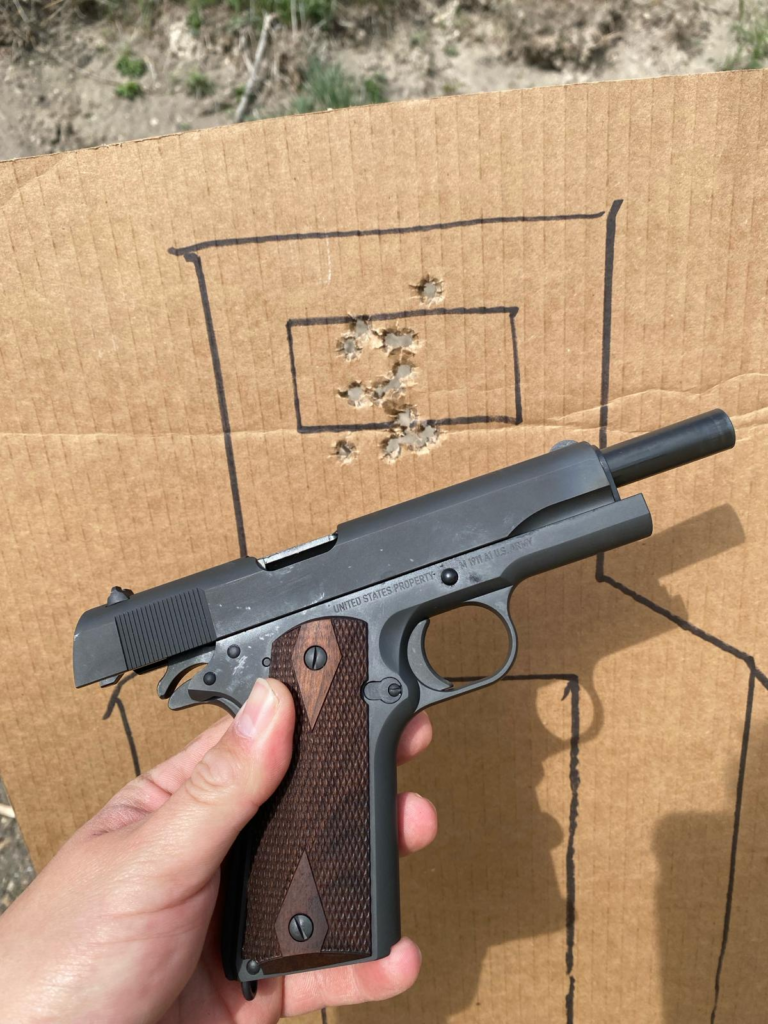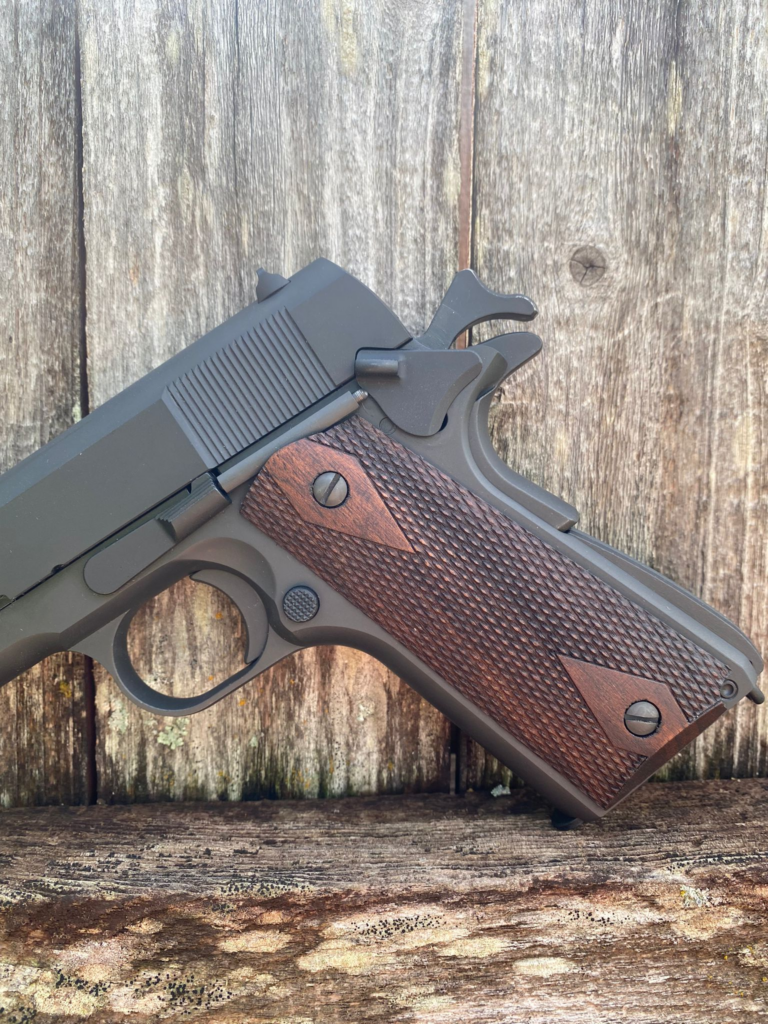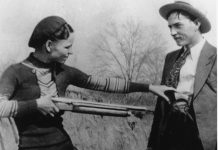I recently reviewed the Tisas 1911A1 ASF single-stack .45-caliber M1911A1 pistol elsewhere which naturally entailed live-fire. The Tisas 1911A1 ASF is neat because it’s a modern replica based on the most common Second World War M1911A1 military pistol, the variant produced in Syracuse, New York at Remington-Rand.
M1911A1 Pistol
While Remington-Rand is tangentially related to the original Remington Arms Company of Ilion, New York, Remington-Rand’s core business was the manufacturing of typewriters. During WW2, they took on a government contract to produce M1911A1 pistols for the war effort. Out of the five different manufacturing concerns that made such guns (Colt, Ithaca Gun Company, Singer, Union Switch & Signal and Remington-Rand), Remington-Rand by far produced the most units from 1943 through the war’s end. As such, Tisas modeled the 1911A1 ASF on this commonly produced Remington-Rand variant. Besides the profile of the grip-safety, they did a very good job. Assembled parts fit well, slide-to-frame fit is very reasonable with only a bit of rattling, and the manganese phosphate (parkerized) finish.
There’s very few things that aren’t faithful to the original pistols made during the war. One is the omission of the original style steel firing pin for a more modern [and safer] titanium unit. The other is that the supplied magazines are different in the witness hole pattern and follower shape. Of course these magazines are also modern production items from Mec-Gar. For a gun that has a list price of $479 MSRP, it’s really not bad for the money at all. And unlike other Tisas M1911A1 catalog offerings, this handgun is parkerized instead of Cerakoted. Not only does it look right and feel right, but I think it helps in reliability. When it comes to certain critical dimensions and the differing thicknesses between surface treatments, things can get funny. Historical underpinnings aside, this might be the Turkish gunmaker’s best USGI style 1911.

NO EXPECTATIONS
This post isn’t about the Tisas per-se. Honestly, when I took on the assignment to do the main review elsewhere, I was primarily interested in the gun’s historical angle. Initially, I was indifferent at the notion of shooting yet another plain-jane pistol with crappy USGI sights and basic features. Including the lack of ambidextrous safeties. After all, this isn’t the first M1911A1 clone I’ve shot, and it probably won’t be the last.
I’ll confess that I pulled up to my gun club with no expectations. I actually ended up enjoying the review and had some fun shooting and running a vanilla 1911, even with the grip-safety burrowed into the back of my hand and rubbed my skin off in that spot. I even ran it under a shot timer for a couple of runs and managed to shoot .21 splits with 230-grain ball ammo (power factor 190.44) on some Bill Drills.
THE EPIPHANY
Again, showing up to shoot a plane-jane with bad sights and a standard 16-lb recoil spring that favors reliability over smoothness, made me feel somewhat ambivalent about it. Nonetheless I applied the finer details on handgun shooting that I picked up from Hunter Freeland while shooting this review. Freeland is a talented shooter and the way he drove his Staccato-P left an impression on me. Since I was shooting a 1911, this was subconsciously on my mind.
After all, what is a Staccato, but a modernized 1911 with double the capacity?
So as I’m mindfully going over the various skills from his course in drawing, gripping, prepping and shooting this 1911 for the review, it hits me: The true beauty of this 113-year old design. The core elements of the 1911 really do make for a wonderful shooting pistol. The 1911 draws well, presents well and points well. The proportion between the size of the trigger guard and the rest of the fronstrap is conducive to an excellent support-hand grip. And the trigger–oh man, even the basic GI trigger on this pistol is hard to complain about. In spite of the fact that it has the shorter A1 style trigger shoe, it consistently breaks at 4.5-lbs and has such a lovely reset.

Without her “make-up” and extra add-ons in the way of extended beavertails, ambi-safeties, magwells, better stocks, etc, the 1911’s true beauty and utility shined through and made itself known in a way I had never before seen. But it’s not something I’d have been able to pick up until reaching a certain level of experience. Even though this plainjane gun leaves much to be desired in almost every category such as sights, capacity, on-board features, tuning, etc, I also began to look at it in a different light after recognizing the gun for its basic virtues.
STATING THE OBVIOUS
I suppose you can summarize this whole post by simply saying “shooter of the new generation discovers what the geezers have known since the dawn of time.” But in all seriousness, it’s cool to see from my modern perspective how an ancient design can clearly show all the underpinnings needed in a performance pistol.



